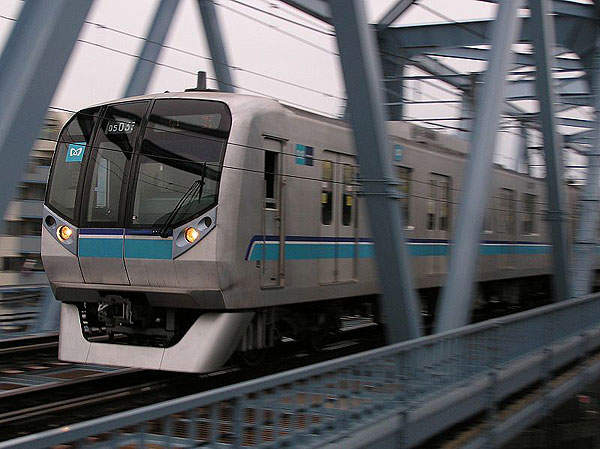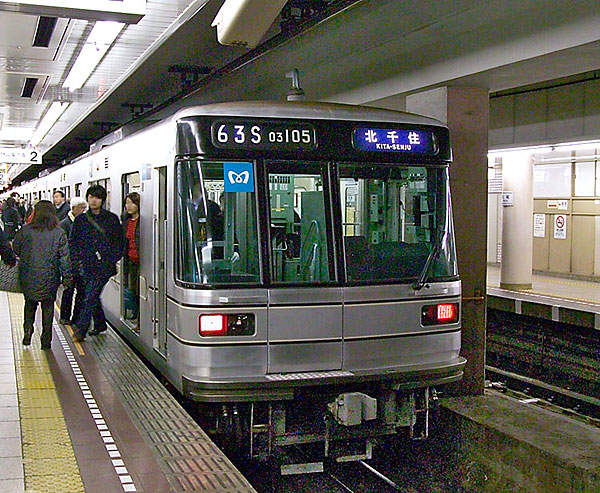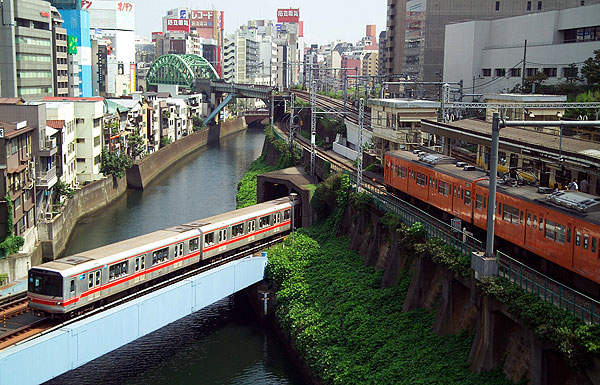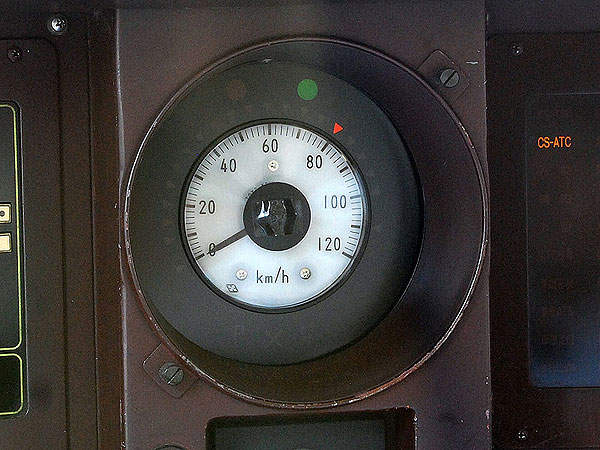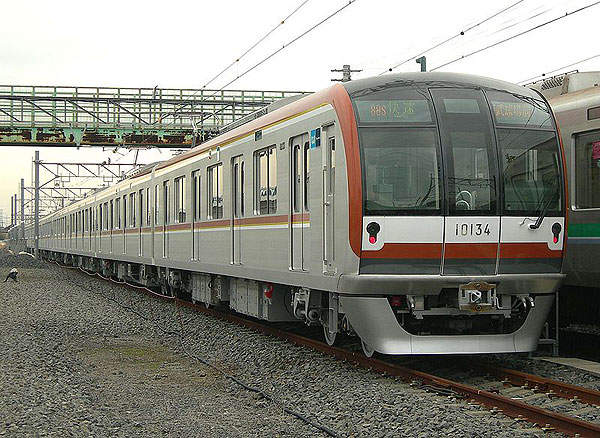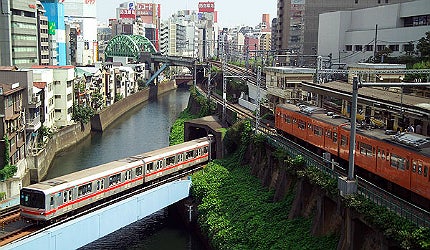
Tokyo Metro is a rapid transit system serving the capital city of Japan. It is the world’s busiest subway with 3.16 billion annual passenger rides (2010) and a daily ridership of 6.31 million people. It has been operated by Tokyo Metro since April 2004.
The metro system is comprised of nine lines with a total operating length of 203.4km. It has 179 stations in total.
History and line routes of Japan’s capital city’s rapid transit system
The Tokyo Underground Railway Company, which was established in August 1920, undertook the construction of the Tokyo Metro. It completed the first line of the metro, known as the Ginza Line.
Teito Rapid Transit Authority, which was established in July 1941, took over the operations of the metro. A new company called Tokyo Metro Co. was established in April 2004 and all operations of the metro were brought under the management of the new company.
The nine lines on the Tokyo Metro are named Ginza, Marunouchi, Hibiya, Tozai, Chiyoda, Yurakucho, Hanzomon, Namboku and Fukutoshin.
The Ginza and Marunouchi lines are of standard gauge (1,435mm), while all other lines are of narrow gauge (1,067mm). The trains operate at a speed of 80kmph.
Details of the nine lines along the Tokyo Metro network
Ginza Line
Ginza was the first line built on the Tokyo Metro. The 14.3km long stretch serves Shibuya, Minato, Chuo, Chiyoda and Taito. It operates between Asakusa and Shibuya, with 19 intermediate stations.
Construction on the first subway section between Asakusa and Ueno was started in September 1925 and was completed in December 1927. The section between Ginza and Shimbashi was opened in June 1934. In December 1953, the Asakusa-Shibuya section was named as the Ginza Line.
Marunouchi Line
Marunouchi is a 27.4km stretch between the Ogikubo Station and Toshima Ikebukuro Station, with a branch from Nakano-sakaue Station to Honancho Station. The U-shaped line has 28 stations.
In December 1953 the Ikebukuro-Shinjuku section was named as the Marunouchi Line. The Ikebukuro to Ochanomizu section, part of the line, was opened in January 1954. The whole stretch of this line was completed in March 1959.
Hibiya Line
Related project
Suzhou Metro Rail System
Suzhou Metro is a metro rail system serving Suzhou in the province of Jiangsu in China.
Hibiya is a 20.3km long stretch between Naka-Meguro in Meguro and Kita-Senju in Adachi, with 21 intermediate stations.
The Minami-Senju to Naka-Okachimachi section of the line was opened in March 1961.
The Kita-Senju to Minami-Senju section and the Naka-Okachimachi to Ningyocho section were opened in May 1962.
The Higashi-Ginza to Kasumigaseki section of the Hibiya Line was opened in August 1964.
Tozai Line
Tōzai is a 30.8km stretch between Nakano Station in Nakano, Tokyo and Nishi-Funabashi Station in Funabashi, Chiba, made up of 23 intermediate stations.
The Takadanobaba to Kudanshita section of this line was opened in December 1964. The Toyocho to Nishi-funabashi section was opened in March 1969.
Chiyoda Line
Chiyoda is a 24km stretch serving the wards of Adachi, Arakawa, Bunkyo, Chiyoda, Minato and Shibuya. The line has 20 stations.
The Kita-Senju to Otemachi section of this line was opened in December 1969. The Ayase to Kita-Senju section was opened in April 1971. The Yoyogi-Koen to Yoyogi-Uehara section was opened in March 1978.
Yurakucho Line
Yurakucho is a 28.3km stretch between Wakoshi Station in Wako, Saitama and Shin-Kiba Station in Koto, Tokyo, with 24 intermediate stations.
The Ikebukuro to Ginza-itchome section of the line was opened in October 1974. The Wakoshi to Eidan-Narimasu section was opened in August 1987. The Shintomicho and Shin-Kiba section was opened in June 1988.
Hanzomon Line
Hanzomon is a 16.8km stretch serving Shibuya, Minato, Chiyoda, Chuo, Koto and Sumida. It comprises 14 stations.
The Shibuya to Aoyama-Itchome section of the line was opened in August 1978. The Suitengumae to Oshiage section was opened in March 2003.
Namboku Line
Namboku is a 21.3km stretch between Meguro in Shinagawa and Akabane-Iwabuchi in Kita with 19 intermediate stations.
The Komagome to Akabane-Iwabuchi section of the line was opened in November 1991. The Meguro to Tameike-Sanno section was opened in September 2000. The Suitengumae to Oshiage section was opened in March 2003.
Fukutoshin Line
Fukutoshin is the newest line among the entire network and is the deepest metro line in Tokyo. The whole length of the line is around 20.2km with 16 intermediate stations. It was opened on 14 June 2008.
Rolling stock used along the world’s busiest subway system
Rolling stock for the Tokyo Metro was supplied by Hitachi. Ginza Line currently operates 01 series rolling stock which will be replaced by 1000 series trains manufactured by Nippon Sharyo. The first 1000 series train entered into service in April 2012 and is expected to replace the Tokyo Metro 01 series trains by 2015.
The first 1000 series set was delivered in September 2011. The train runs at speeds up to 80km/h and has cars measuring 16,000mm in length.
Marunouchi Line operates 02 series rolling stock. The Hibiya Line operates 03 series and Tobu 20000 series rolling stock. Tozai Line operates 05, 07 and 15000 series rolling stock. The Namboku Line operates 9000 series rolling stock.
The Chiyoda Line operates 06, 5000, 6000 and 16000 series rolling stock. The Hanzomon line operates 08 and 8000 series rolling stock. The Yurakucho Line operates 07, 7000, 10000, Seibu 6000 and 6050, Tokyu 5050-4000 and Tobu 500070 series rolling stock.
The Fukutoshin line operates 7000 and 10000 series rolling stock. It was added with 10-car 5050-4000 series which became operational from September 2012.
Rolling stock will be equipped with Mitsubishi’s next generation Traction Inverter System which will save 30% energy with a 40% reduction in power loss. These new inverter systems will increase the performance of regenerative brakes, emit less noise and have a low maintenance. Installation will be done after completion of trial tests which have been going since January 2012.
Tokyo Metro placed an order for 240 bogies with steering with Sumitomo in February 2011.
Signalling and communication along Tokyo’s public transport network
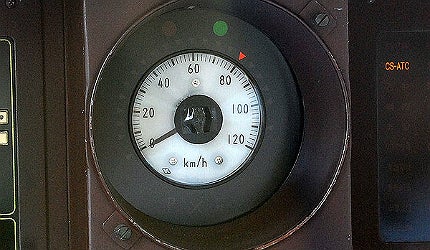
Hibiya, Tōzai, Chiyoda, Ginza, Yurakucho and Hanzomon lines use the Cab Signalling-Automatic Train Control System (CS-ATC).
Signalling of the Tokyo Metro takes place through Automatic Train Control System. The Hibiya, Tōzai, Chiyoda, Ginza, Yurakucho and Hanzomon lines use the Cab Signalling-Automatic Train Control System (CS-ATC).
Related content
Paris Metro, Île-de-France, France
Metro de Paris is a rapid transit metro system serving the capital city of Paris within the Île-de-France region, France.
Suzhou Metro Rail System, Jiangsu, China
Suzhou Metro is a rapid transit metro rail system serving the city of Suzhou in the province of Jiangsu in China.

